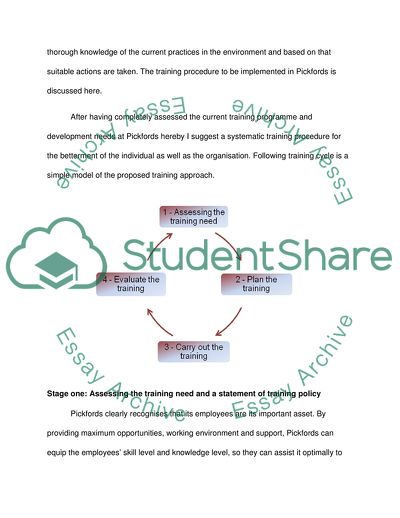Cite this document
(Training Process of Employees Essay Example | Topics and Well Written Essays - 1500 words, n.d.)
Training Process of Employees Essay Example | Topics and Well Written Essays - 1500 words. https://studentshare.org/human-resources/1713971-pickfords-on-the-move
Training Process of Employees Essay Example | Topics and Well Written Essays - 1500 words. https://studentshare.org/human-resources/1713971-pickfords-on-the-move
(Training Process of Employees Essay Example | Topics and Well Written Essays - 1500 Words)
Training Process of Employees Essay Example | Topics and Well Written Essays - 1500 Words. https://studentshare.org/human-resources/1713971-pickfords-on-the-move.
Training Process of Employees Essay Example | Topics and Well Written Essays - 1500 Words. https://studentshare.org/human-resources/1713971-pickfords-on-the-move.
“Training Process of Employees Essay Example | Topics and Well Written Essays - 1500 Words”. https://studentshare.org/human-resources/1713971-pickfords-on-the-move.


